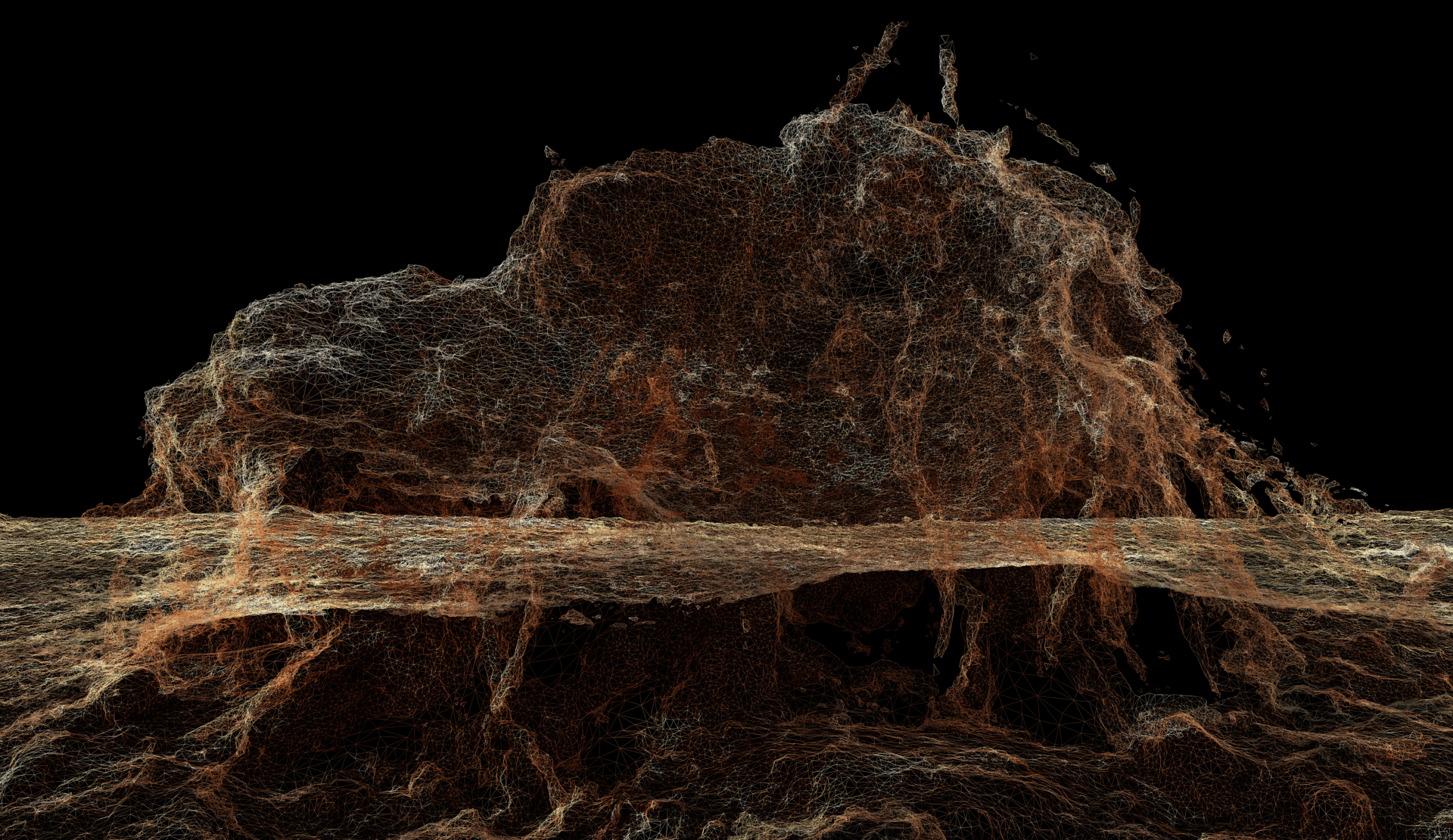
BYŌBU
The poetics of this essay used photogrammetry and digital collage techniques, creating a universe of volumes and textures, drawing visualities in transition between abstractions and figurations. The Japanese word Byōbu (屏風) is the source of "biombo," a term known in Portuguese. A biombo is a type of panel of Chinese origin, an artifact used to separate interior spaces, insulate against drafts, or as extensive, folding, decorative surfaces, often supporting landscape paintings. In this essay, we take on similar functions: an aesthetic object and a delimiter of spaces. However, here, the apparently deteriorated three-dimensional piece is a revealing element of invisible universes, natural or artificial, that occupy simultaneous volumes. The essay advances an experimental aesthetic investigation whose poetics are based on visualities reconstructed from the physical interpenetration of urban spaces, from the places that delimit traffic and shelter the anonymous survival of bodies.
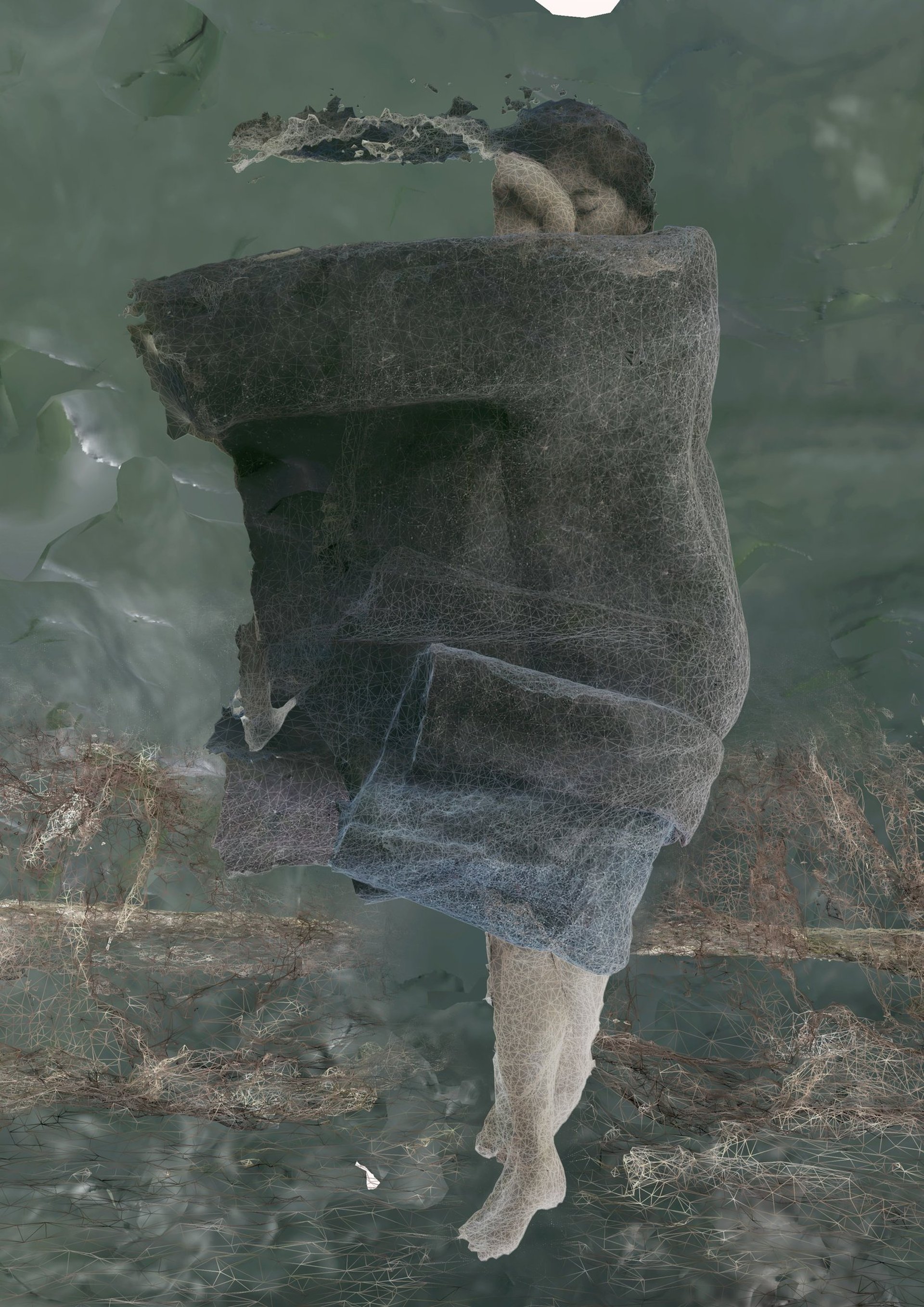
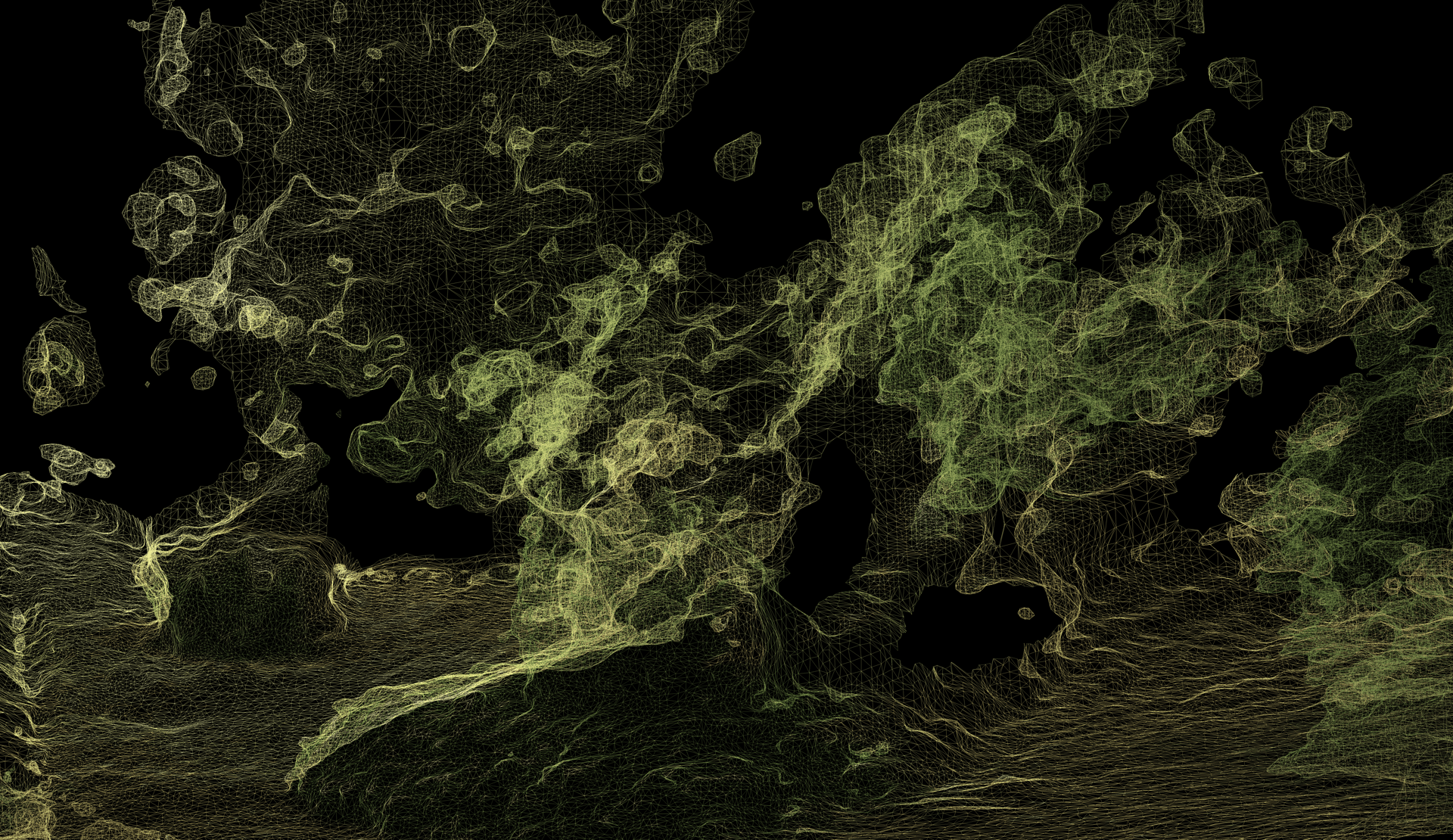
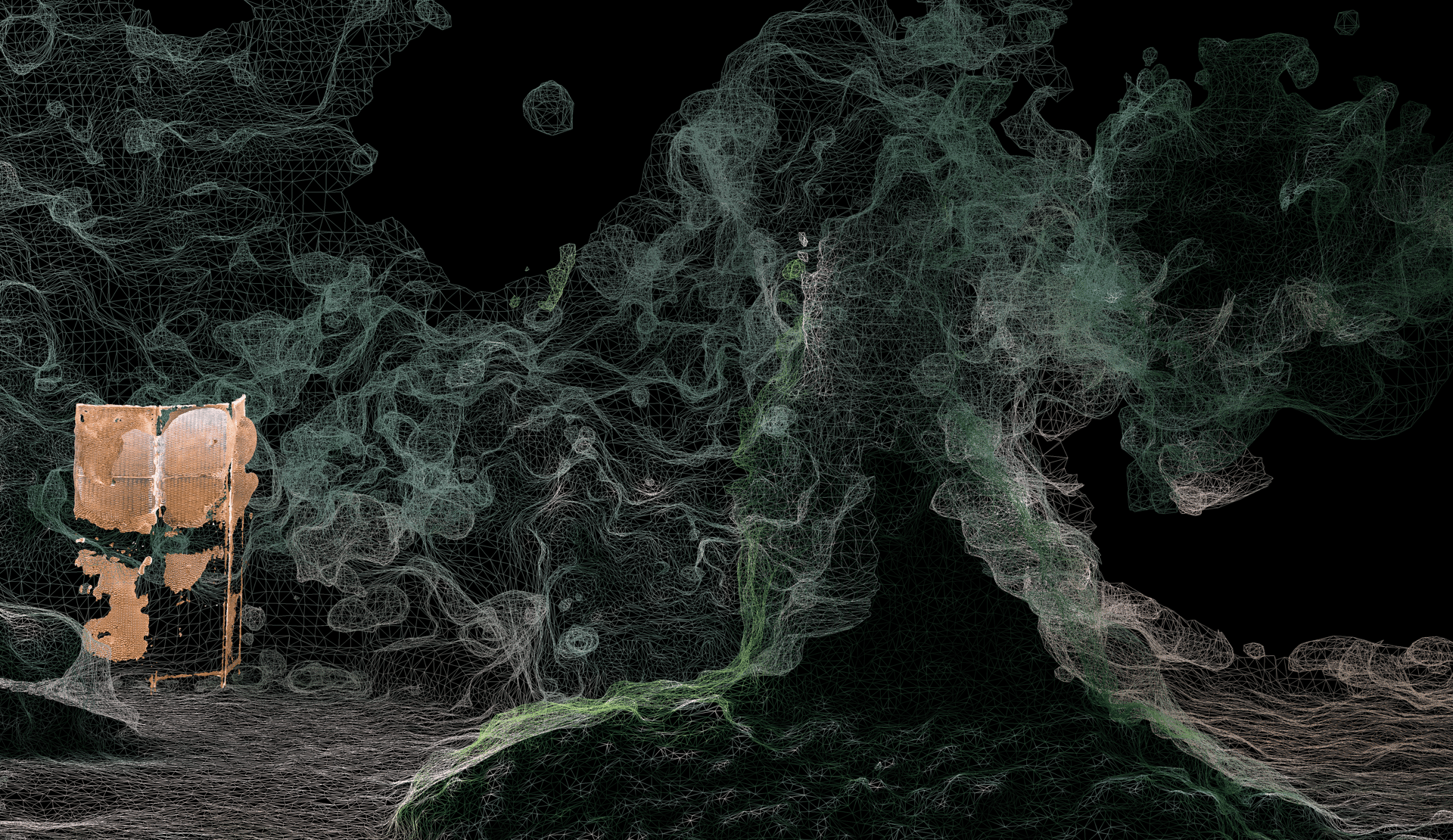
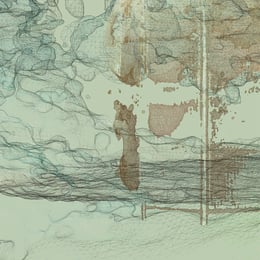
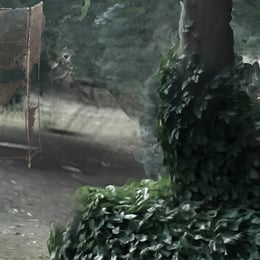
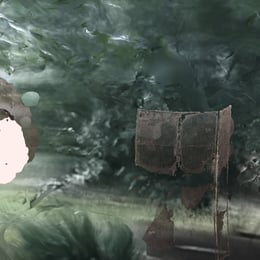
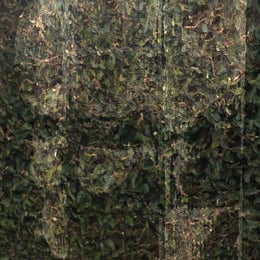
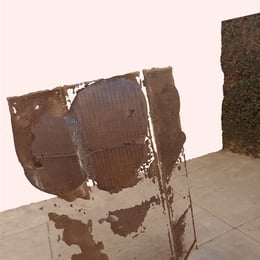
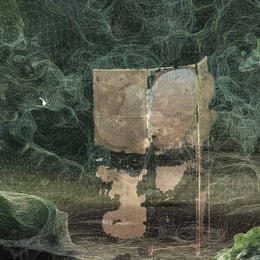
Byōbu
photography & scan3D & collage: ´Paulo Costa
pose: Ayako Akamine
"Byōbu" is the title of a visual essay available in the journal Pós-Limiar of PUC-Campinas, which explores spatiality and corporeality through digital collages. The essay is part of a research project that seeks new forms of visuality, using digital collage as a tool for experimentation, as per the scientific publication. The article also discusses the concept of "Cloudism" and how it relates to the creation of landscapes.
You can find the original essay and article at:
https://periodicos.puc-campinas.edu.br/pos-limiar/article/view/6526
